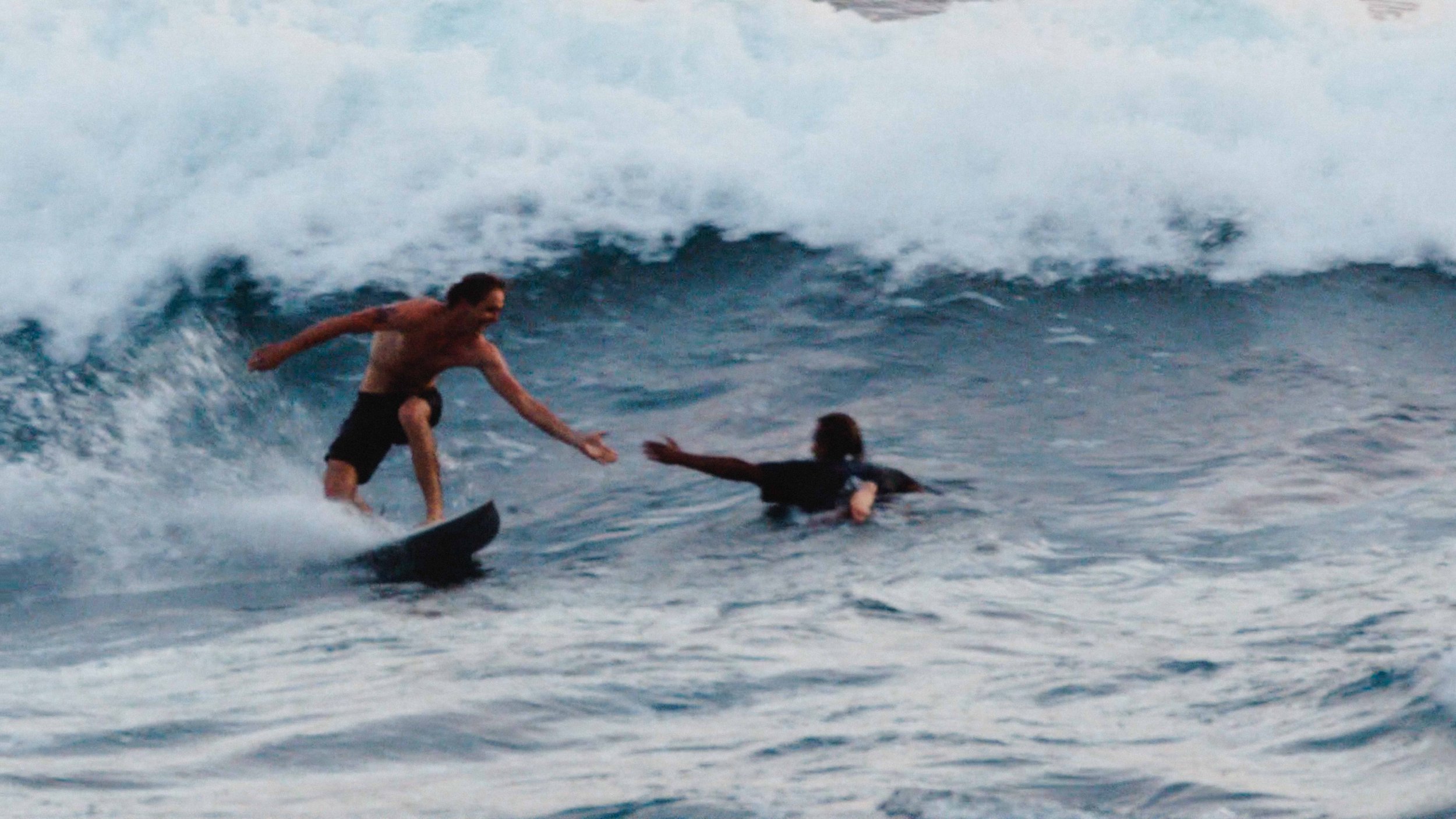Why We Need To Thank Brazil For tHE Elevation In Professional Surfing
Photo: Getty Images
The year is circa 2012, the scenario is a surf contest. In the competitors area are a few pairs of Australian friends here, some solo warriors there, and maybe the odd clique or two of five plus loitering around.
Likewise for the guys and girls from the USA. Surfing is not a team sport after all. Except that, for the Brazillians, it apparently is. In the case of the Brazillians, there is no sprinkling of individuals here and there, there is a contingent. A contingent so strong that the comradery, and consequent dominance, would coin its own title in the years to come: The Brazilian Storm. Fast forward to the present day and it’s clear now that the other countries are beginning to test the same recipe. In recent years this newfound comradery and statesmanship found within the camps from the USA and Australia have manifested into tangible results and an elevation of performance overall. And if you were to write this from an actual news room, you would likely capture this through some cliche surf pun headline such as: Australian surfers riding on a new wave of support. Or maybe something like: Comradery, the curl of the wave for the USA. Yuck. Mainstream cliche critique aside, Australian and American surfers have clearly been doing well since banding together. They’re yet to develop into ‘storms,’ but there are undeniable tailwinds forming at the backs of the next gen’. Here are three big reasons why:
Comradery and competition
There is a natural elevation of performance that occurs during days of competition. This makes sense. People are sizing each other up as well as flexing their own skills. The thing is, if you’re KG Solo Man 5000 (quick shout out to those who know this film reference) this elevated performance is only temporary. Plus, once you come in, that competitive atmosphere fades away, even if you have a partner with a handycam and tripod on the beach telling you how much you were ripping. Those taking the team approach get to enjoy sustained levels of competition and increased performance, which, as each person gets better, becomes a very constructive cycle of improvement. The other big issue for the solo warrior is that human beings are social animals, and travelling and competing together provides a social buffer that elevates the highs and mitigates the lows. Those who have surfed a tag team know what I’m talking about here.
Photo: Harry Dott
Economics
Trying to become a pro surfer in 2024 is a lot different to trying to become one in the early 2000’s. Back then a tidy frontside carve and air reverse would get you some stickers and a few bucks to hop around the globe and try your luck*. Now a full rote might not even get you on flow. Travelling the world ain’t cheap, first round knockouts aren’t merciful, and with more blank boards than ever surfers have had to get cash-savvy. One way to improve the cost-effectiveness of travel? Don’t do it alone.
*It must be acknowledged that there was (and arguably still is) a clear prejudice in regard to the prospect of stickers and paychecks in favour of surfers from western backgrounds.
A rising tide lifts all boats: a case for sticking around
You don’t have to have surfed in a contest to appreciate the idea that if you get knocked out of a competition then you probably want to get out of there ASAP. In other words, what you won’t hear when you speak to anyone who actually has surfed a contest and gotten knocked is them telling you how awesome it was to stick around and analyse the remaining days of competition. The thing is, when you’re travelling in a group you might actually do this, at least the ‘sticking around’ part. Within a team setting you’re much more incentivised to stay for as long as anyone else is still in the contest, as long as you’re not entirely self-absorbed. What good does this do? It develops resilience, for one, but the real secret is that through sticking around you may see someone within the group actually do well, and chances are that you are on a similar performance level as they are - so if they can do it why can’t you? This is a question that falls flat when delivered on a motivational poster but is a direct hit when served through lived experience.
Despite all of these wonderful things there is, of course, concern towards surfing being completely swallowed up by a swell (sorry) of flag-waving patriots. Which is one wave we really don’t want to ride (double sorry). However, I have faith in the free surfing community to maintain the necessary checks and balances here. In any event, on the weekend I watched someone do four turns on a wave, with each one being unique and one of which being an air, and receive a 5.5. What a time to be alive.


